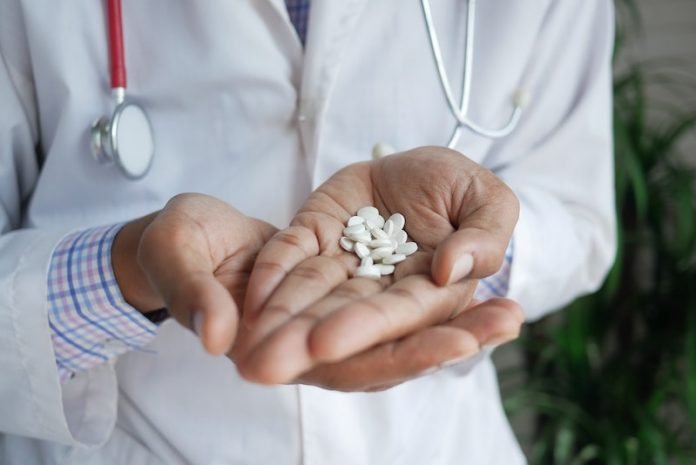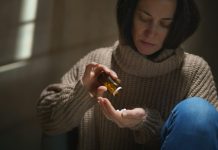
Scientists from Washington University in St. Louis found that less than half of Americans who received treatment for opioid use disorder were offered a potentially lifesaving medication.
The research is published in JAMA Network Open and was conducted by Laura J. Bierut et al.
The findings build on the knowledge that medications to treat those who use opioids are generally underutilized.
The potentially lifesaving drug, buprenorphine, has been shown to reduce overdose risk.
But in the study, the team examined 180,000 people treated for opioid use disorder and showed that nearly 53% of the patients with the disorder alone were not prescribed the medication.
Among those with polysubstance use disorder (when opioid users also misuse other substances), the number prescribed buprenorphine dropped to about 30%.
The team says it’s concerning that the majority of people misusing multiple substances don’t appear to be getting the lifesaving medication they really need.
Even among those who used opioids exclusively, buprenorphine was prescribed only about half the time.
In a recent 12-month period from early 2021 through early 2022, almost 107,000 Americans died of drug overdoses.
In comparison, in 2017, after years of increases in overdose deaths, the U.S. Centers for Disease Control and Prevention reported 70,237 drug overdose deaths in the United States.
Buprenorphine prescriptions have not kept up with the need. One reason is because buprenorphine itself is an opioid, resulting in hesitation to prescribe it to people with opioid use disorder.
Unlike methadone, another opioid used to treat heroin addiction, buprenorphine can be taken at home and does not require daily trips to a clinic.
But that lack of supervision, as well as a lack of data about the drug’s effectiveness in those who misuse multiple substances, has meant some doctors are reluctant to prescribe it. Xu said the concerns appear to be unfounded.
The team says buprenorphine appears to a safe opioid.
It’s specifically designed to be different from other opioid drugs in that it won’t cause a user to stop breathing, which pretty much every other type of opioid will do.
That means it can be taken safely at home, which is very helpful, even essential, to recovery.
The study also compared buprenorphine’s ability to help prevent future overdoses to that of the drug naltrexone.
Buprenorphine is what’s known as a partial opioid agonist, meaning it activates the same receptor that heroin and fentanyl activate. Naltrexone, on the other hand, blocks that receptor on brain cells.
This suggests that while both drugs lowered the risk of future overdoses, buprenorphine reduced it more than naltrexone.
If you care about medicine, please read studies about drug that could inhibit COVID-19 virus, and drug for inflammation may stop spread of cancer.
For more information about medicine, please see recent studies about which drug can harm your liver most, and results showing this drug can give your immune system a double boost against cancer.
Copyright © 2022 Knowridge Science Report. All rights reserved.



